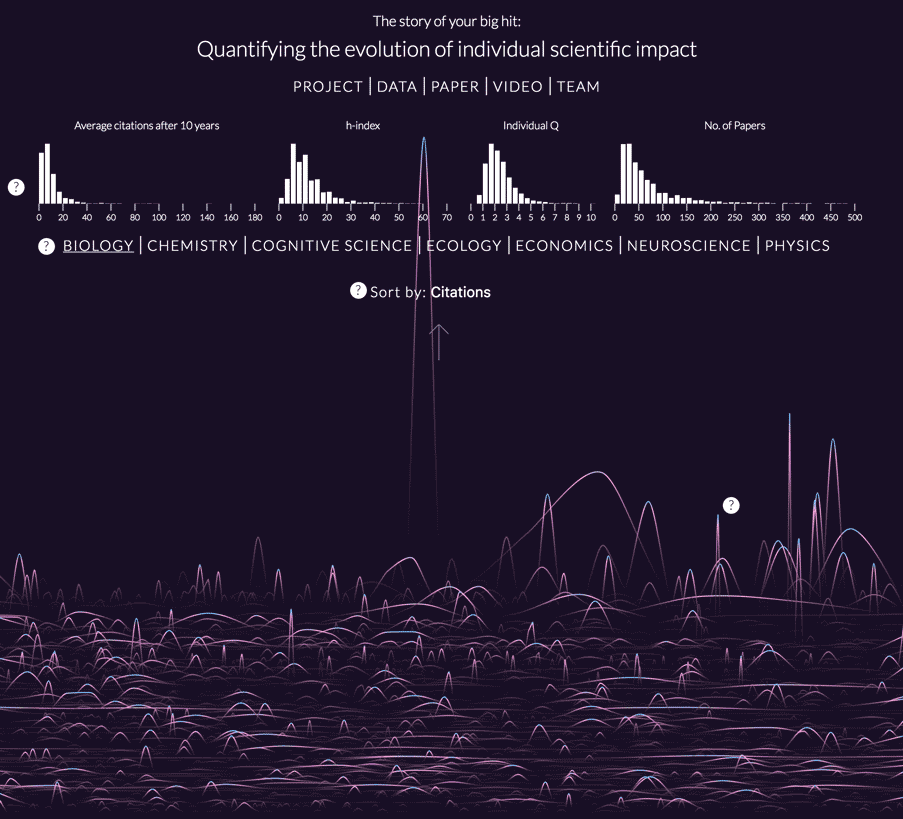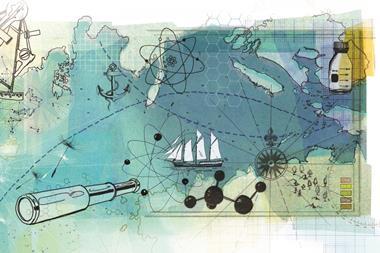Path to success may be completely random with a scientist’s best research just as likely to come at the start of their career as at its end

What is the secret to success in science? A group of network scientists in the US has now attempted to map out the answer after trawling through the publication records of over 10,000 scientists.
Whether through serendipity or decades of hard graft, a landmark scientific discovery can have a lasting impact on science and society. In some cases, a researcher will be bestowed with a Nobel prize for their efforts.
Albert- László Barabási from Northeastern University and his colleagues have now tried to analyse scientific impact and what makes for a successful scientific career. They have even developed a formula for success.
To do this, the team has calculated the impact factor for each paper in a scientist’s career based on its random potential to succeed (luck) and how a scientist can actively improve their chances through productivity. They call this the Q parameter.
But the team found the factor’s value is independent of a researcher’s career trajectory. A Nobel prize winning piece of work is just as likely to land at the start of a career as it is at the end of it.
The team has also produced an interactive infographic that maps out the careers of over 10,000 scientists working six different fields.
References
R Sinatra et al, Science, 2016, 354, 6312 (DOI: 10.1126/science.aaf5239)
















No comments yet